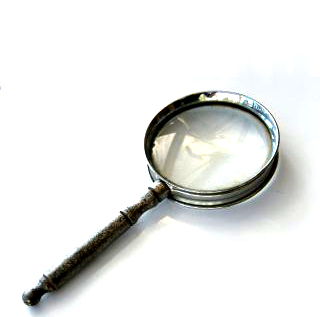New names in CSIRO sweep
 CSIRO has announced the official names of 139 new species.
CSIRO has announced the official names of 139 new species.
Australia’s national science agency says the new species were named and described by its researchers and partners in the past year.
With only about 25 per cent of Australia's species known to science, scientific names are vital for researchers, governments and the community to better understand the nation's vast ecosystems.
CSIRO scientist John Pogonoski, who helped name four new species of marine fish, says the work highlights the importance of scientific collections held by universities, museums and other institutions.
“We named three new species of small, brightly-coloured anthias by comparing specimens of related species held in fish collections,” Mr Pogonoski said.
“New species of anthias are still being recognised because they are rarely encountered due to being outside of normal diving depths, small in size, or living in habitats difficult to sample,” he said.
In addition to 117 insects named during the past year, scientists named 14 other invertebrates including 11 jumping spiders, one millipede, one earthworm and one marine trematode which was discovered inside a fish.
The discovery of some of the species enhances the understanding of others.
For example, the newly named ant Anonychomyrma inclinata appears to be vital in supporting the endangered Bulloak Jewel Butterfly, Hypochrysops piceatus.
“The ecological requirements for this beautiful butterfly are very narrow, which is probably why it is so rare,” says CSIRO entomologist Dr David Yeates.
“The ant species we’ve now named needs to be nesting in a mature bulloak, Allocasuarina luehmannii. The butterfly caterpillars live under bark and are carried to soft bulloak leaves to feed at night by ‘babysitter’ ants. The ants protect the caterpillars from predators and receive a sugary gift from the caterpillars, a win-win for both species," he said.
The experts say that the newly-named species also highlight the importance of collaboration, with most scientific papers involving authors from multiple scientific collections and universities across Australia and overseas.







 Print
Print